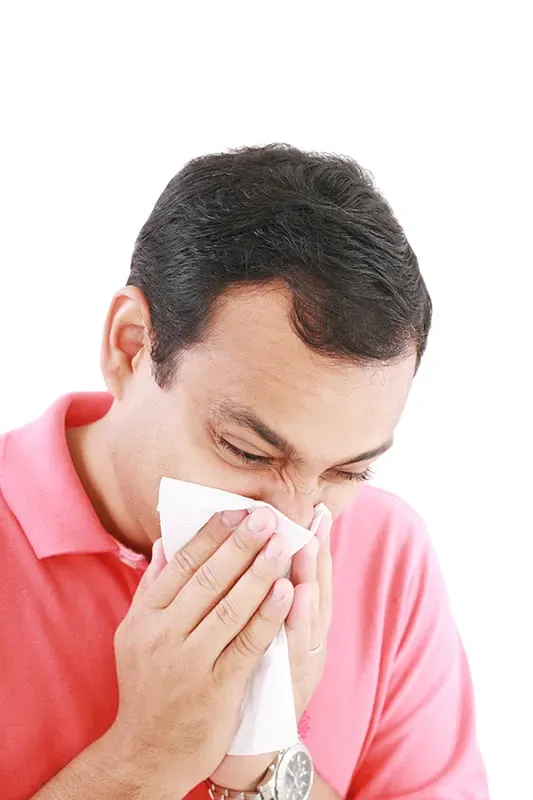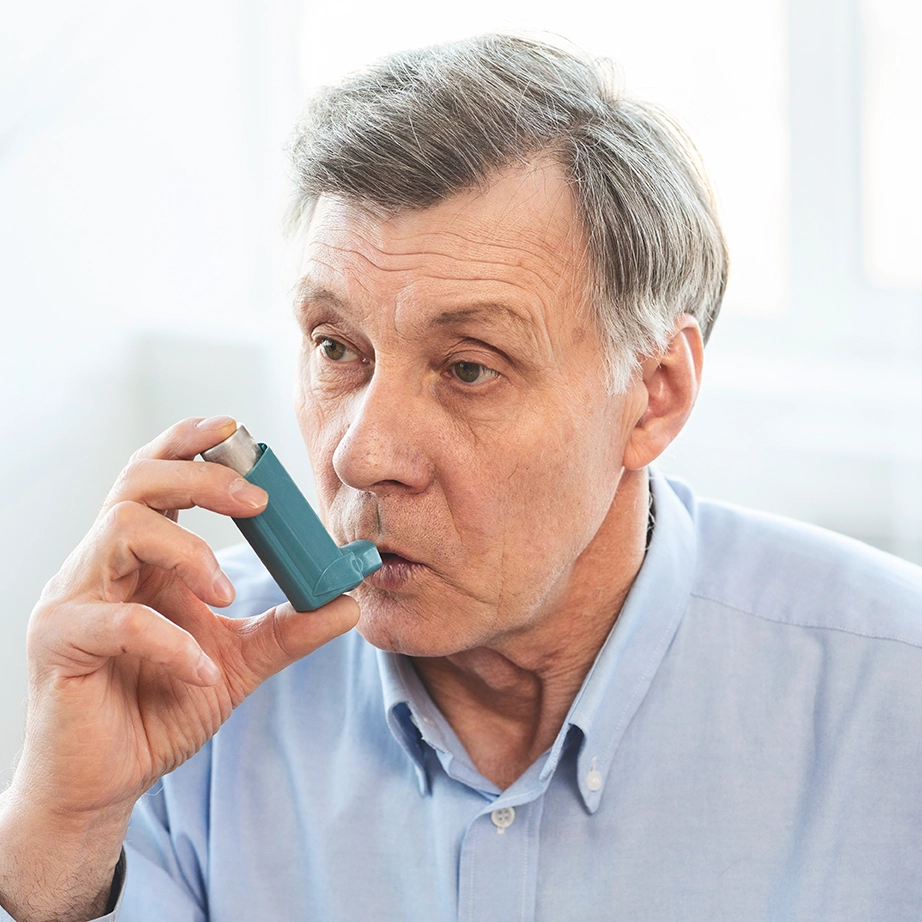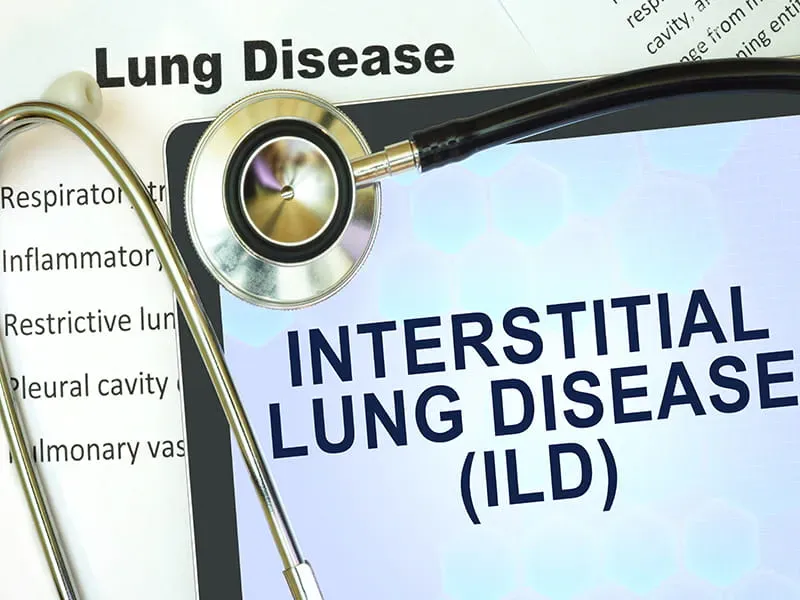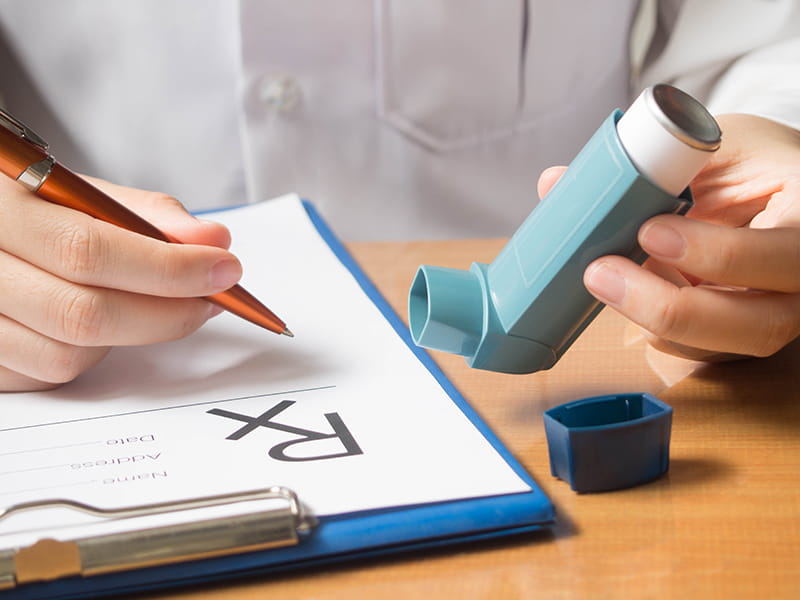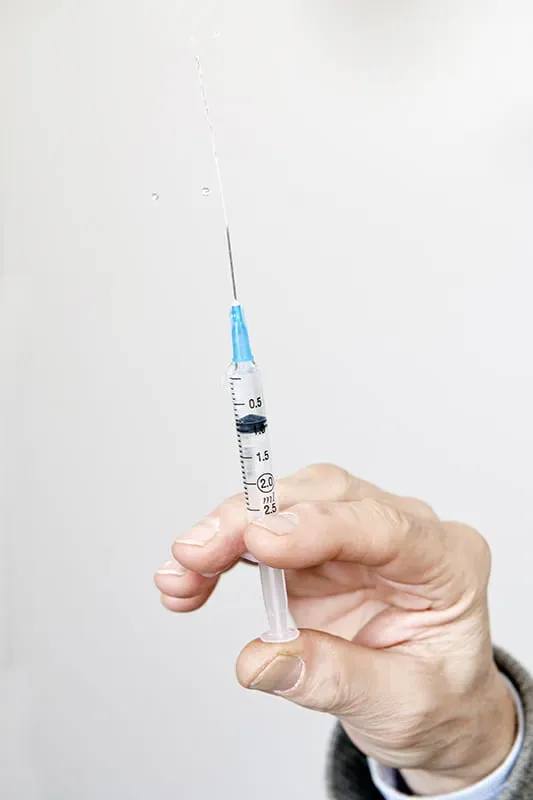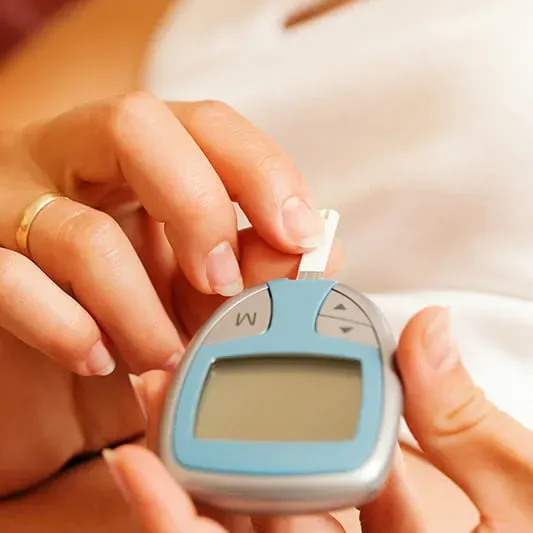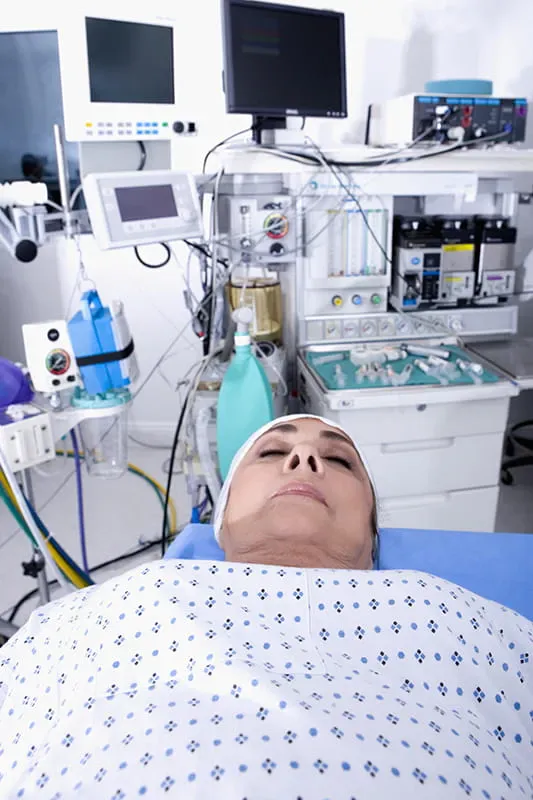Cefixime May Improve Immune Function of Children with Urinary Tract Infection
Introduction
Urinary tract infection due to resistant strains have increased with the use of antibiotics, resulting in unsatisfactory clinical therapeutic outcomes and a high recurrence rate of about 18.9%. Cefixime, a broad-spectrum antibiotic of the cephalosporin family has good antibacterial effects on various bacilli and cocci and is also highly stable to multiple β-lactamases.
Aim
To investigate the effects of cefixime on immune functions and inflammatory factors in children with urinary tract infection and study its nursing strategies
Patient Profile
N=161 children with urinary tract infection were included (2019-2020)
Methods
- All children received oral treatment of Cefixime
- Dose was adjusted according to children’s weight and severity of the disease, with 8 mg/kg at one time and twice a day for 10 consecutive days
- Nursing strategies included valuing the emotional reassurance of children, guidance of medication, regular ventilation to keep fresh air and suitable temperature in wards and dietary guidance
Study endpoints
- Indices of immune functions (levels of CD3+,CD4+, CD8+ and CD4+/CD8+)
- Indices of inflammatory factors: C-reactive protein (CRP), Tumour Necrosis Factor alpha (TNF-α) and Interleukin 6 (IL-6)
- Situation of nursing satisfaction (electronic questionnaire to assess the satisfaction of children and their families)
- Recurrence within 6 months after treatment
- Adverse reactions
Results
Indices of Immune Function
- Levels of CD3+, CD4+ and CD4+/CD8+ in children after the treatment were significantly higher
- CD8+ level was significantly lower than those before the treatment (p < 0.001)
Fig 1: Comparison of immune function indices before and after treatment (Mean ± SD)
|
|
Before treatment |
After treatment |
Z value |
P value |
|
CD3 + (%) |
54.47 ± 6.51 |
65.44 ± 5.09 |
–12.162 |
<0.001 |
|
CD 4 + (%) |
38.15 ± 4.51 |
41.96 ± 4.90 |
–6.284 |
<0.001 |
|
CD 8 + (%) |
27.74 ± 2.56 |
24.08 ± 2.64 |
–10.065 |
<0.001 |
|
CD4+/CD8+ |
1.39 ± 0.21 |
1.77 ± 0.29 |
–10.727 |
<0.001 |
Indices of Inflammatory Factors
The levels of CRP, TNF-α and IL-6 in children after the treatment were lower than those before the treatment (p < 0.001)
Fig 2: Comparison of inflammatory factor indices before and after treatment (Mean ± SD)
|
|
Before treatment |
After treatment |
Z value |
P value |
|
CRP (mg/L) |
11.65 ± 2.44 |
5.75 ± 1.69 |
–14.946 |
<0.001 |
|
TNF-α (pg/mL) |
3.45 ± 1.00 |
3.45 ± 0.55 |
–13.792 |
<0.001 |
|
IL-6 (pg/mL) |
8.22 ± 2.09 |
4.77 ± 1.18 |
–12.732 |
<0.001 |
Nursing Satisfaction
Average score of nursing satisfaction of children’s family members was (84.53 ± 13.65) points and the total satisfaction degree was 90.68%.
Rate of Recurrence
Recurrence rate was 3.73% (n=6 patients had UTI again within 6 months after the treatment)
Adverse Reactions
During the treatment, only n=7 children had adverse reaction (4.35%) with dizziness as main adverse reaction in 3 children.
Conclusion
- Cefixime stimulates the immune system of children with UTI and decreases the number of inflammatory factors
- Targeted nursing strategies can increase clinical satisfaction and decrease the rate of disease recurrence, which can help to create a comprehensive and effective clinical plan for children with UTI
Reference
Arch. Esp. Urol. 2023; 76(5): 313–318


